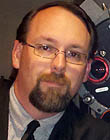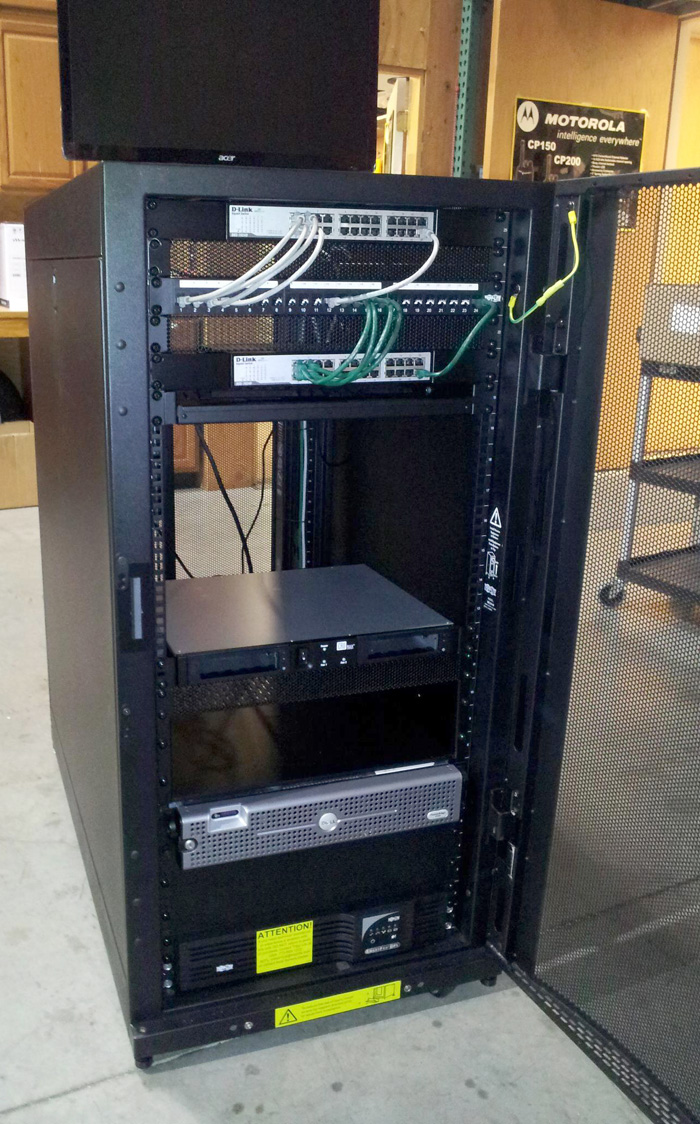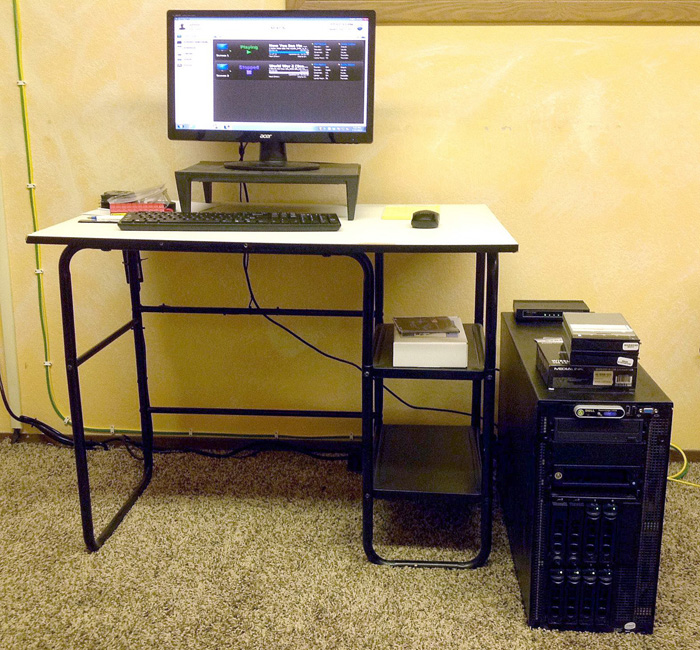|
|
This topic comprises 4 pages: 1 2 3 4
|
|
Author
|
Topic: T.M.S. software programs (stand alone)
|
|
|
|
|
|
|
|
|
|
|
|
|
|
|
|
|
|
|
|
|
|
|
|
|
Steve Guttag
We forgot the crackers Gromit!!!

Posts: 12814
From: Annapolis, MD
Registered: Dec 1999
|
 posted 06-14-2014 10:05 AM
posted 06-14-2014 10:05 AM




Dave,
We do the cable qualifications (Use a Fluke Networks cable qualifier and provide the results to the NOC if asked...everything is qualified to 1000 Base-T).
I agree that patch panels should be labeled but 90% of the time, they don't seem to be or are labeled haphazardly with labels that don't really fit.
Why does "networking done right" use patch panels?
What makes a punch down, that relies one to strip back a cable, route the ends to the IDC punchdown point and strain relieve that cable, without violating any bend-radius rules, and have many unrelated pairs in close proximity have over a properly terminated RJ45M where the jacket remains in tact all of the way into the connector? The patch bay becomes mostly another point of failure.
I agree that patch cables can be cheap and reliable...though there is always a bad apple in there too. We qualify everything...every once in a while, there is a dud.
As for loose cables of indeterminate length...who said anything about that? I don't advocate putting it in all crazy. Route them through the rack properly send them out through a suitable panel (can be one like the Middle Atlantic Products BR1 or even a proper patch cable wire trough. Nothing says it can't be neat.
Even in a large plex, it just isn't that big a deal to dress up the two cables per theatre into a TMS system. What we normally specify is that if the client wants to install their own cables ahead of us (we prefer it actually) then they can terminate into biscuits (surface mount boxes) at each theatre and just have the TMS drop down with a minimum length and marked. Invariably, if there is a problem, it is where they punched down into biscuits at the theatre end. There are times I'd rather just put both ends on since when we pull our own Ethernet...it just works.
I'm just not a fan of unnecessary patch bays that will never actually be patched. They seem like a waste of time, money and can lead to unnecessary failures.
| IP: Logged
|
|
|
|
|
|
|
|
All times are Central (GMT -6:00)
|
This topic comprises 4 pages: 1 2 3 4
|
Powered by Infopop Corporation
UBB.classicTM
6.3.1.2
The Film-Tech Forums are designed for various members related to the cinema industry to express their opinions, viewpoints and testimonials on various products, services and events based upon speculation, personal knowledge and factual information through use, therefore all views represented here allow no liability upon the publishers of this web site and the owners of said views assume no liability for any ill will resulting from these postings. The posts made here are for educational as well as entertainment purposes and as such anyone viewing this portion of the website must accept these views as statements of the author of that opinion
and agrees to release the authors from any and all liability.
|

 Home
Home
 Products
Products
 Store
Store
 Forum
Forum
 Warehouse
Warehouse
 Contact Us
Contact Us




 Printer-friendly view of this topic
Printer-friendly view of this topic















